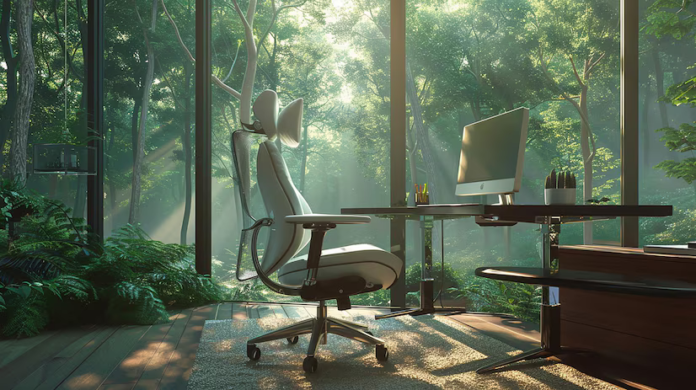In today’s fast-paced world, our surroundings significantly impact our well-being, productivity, and overall happiness. Enter ergonomics and human-centric design—two powerful concepts that are reshaping how we think about and interact with our spaces.
Ergonomics: Putting Comfort First
Ergonomics is all about designing spaces and products that fit our physical needs. Think of it as crafting environments that help us work, relax, and live more comfortably. For example, ergonomic office chairs and desks are designed to support proper posture and reduce strain, which is crucial for those who spend long hours at a desk. The rise of remote work has highlighted the importance of a well-designed home office, making ergonomic furniture a must-have for many.
But ergonomics isn’t just for offices. It’s making its way into public spaces, schools, and even our homes. Schools are using adjustable desks to accommodate growing children, and public transportation systems are incorporating more comfortable seating. The idea is simple: when our environments are designed with our physical needs in mind, we feel better and perform better.
Human-Centric Design: More Than Just Function
Human-centric design takes things a step further by considering our emotional and psychological needs. It’s not just about how a space looks or functions, but how it makes us feel. For example, imagine walking into a room bathed in natural light with calming colors and natural materials. This thoughtful design can uplift our mood and reduce stress.
In healthcare settings, human-centric design is especially impactful. Hospitals are now designed with patient comfort in mind, featuring soothing colors, natural elements, and easy-to-navigate layouts. These design choices help patients feel more at ease and support their recovery.
At home, human-centric design might include multi-functional furniture, personalized décor, and smart home technology that adjusts to your preferences. It’s about creating a space that feels uniquely yours and enhances your daily life.
Looking Ahead
The future of design will likely see even greater integration of ergonomics and human-centric principles. As technology advances, we’ll have more tools to create spaces that are not only functional but also adapt to our individual needs and preferences.
In essence, ergonomics and human-centric design are about putting people first. By focusing on comfort, functionality, and emotional well-being, we’re creating environments where we can thrive. As we continue to prioritize these principles, we’ll find that our spaces become more than just places to live and work—they become havens that truly support and enhance our lives.




